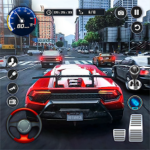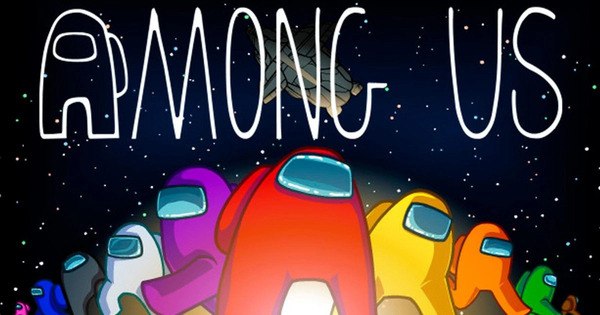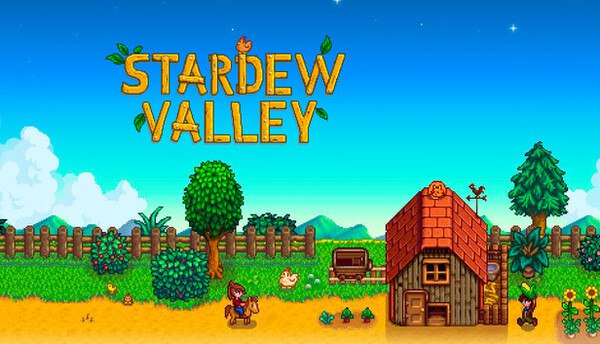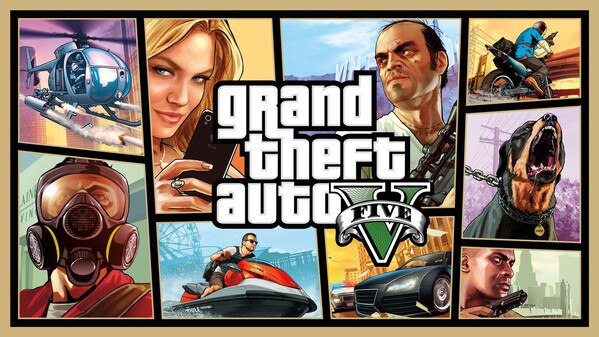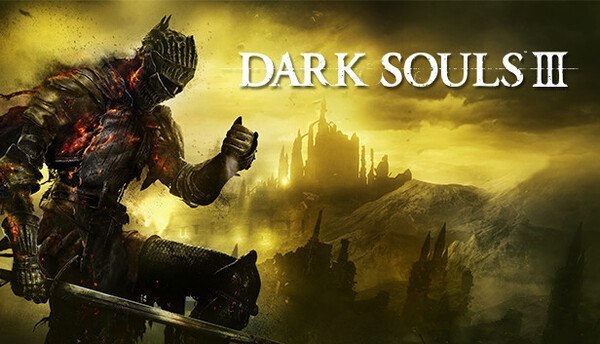Gacha Club is more than a mobile app; it has become a creative ecosystem that blends character design, scene creation, light RPG-style combat, and a vibrant global community. Created by Lunime and launched in June 2020, it built upon its predecessor Gacha Life with a stronger emphasis on storytelling, visual customization, and user-driven expression. Over more than four years, the app has matured through ten distinct phases—each marking a leap in features, usability, or cultural relevance. This expert-level guide explores its history, tools, community impact, and enduring influence, culminating in a balanced conclusion with pros and cons.
-
Origins and Core Vision (2019 to early 2020)
Development began in 2019 with a clear goal: retain Gacha Life's anime-styled asset pack and add depth through character slots, mini-games, battle mechanics, and Studio Mode enhancements. By June 2020, Gacha Club launched with ten character slots, hundreds of hair and outfit options, interchangeable expressions, and an early version of its scene-building interface.
This foundational period set the tone: accessible creativity with modular depth. The drag-and-drop interface offered instant rewards for beginners, while embedded complexity promised layered exploration. Fans of Gacha Life immediately recognized the aesthetic roots but were eager to explore the new creative possibilities.
h3 Design for Discovery
The UI was structured to reveal advanced tools gradually. Beginners could start with basic poses, while more advanced users found options like speech bubbles, props, and multi-character staging.
h4 Community-Aware Launch
Lunime’s initial rollout responded to user feedback—carrying over favorites from Gacha Life while sampling untested features, ensuring immediate appeal and room for experimentation.
-
Enhanced Character Customization (mid 2020)
Within months, Lunime released major updates adding hundreds of new assets—layered hair styles, gradient dyes, wings, masks, weapons, tails, ears, and more. This explosion of possibility turned character creation into an expressive art form.
Quality-of-life improvements like copy-paste between slots, easy remapping of parts, and preset galleries helped manage the growing complexity. Players began creating original characters (OCs), fan art tributes, and crossover mashups—showcasing the app’s creative flexibility.
h3 Identity Through Detail
Every visual choice conveyed intent. From weapon styles to matching gradients, creators used these tools to express narrative tone, personality, or emotional story beats.
h4 Organization Matters
With hundreds of assets, Lunime introduced categorization, favorites, and visual previews—enhancements that kept the experience fun, not overwhelming.
-
Studio Mode Emerges as a Storytelling Platform (mid to late 2020)
Studio Mode evolved into the heart of Gacha Club’s creative identity. Developers added advanced features: camera controls, layering options, scene sequencing, music syncing, speech bubbles, filters, and pose transitions. It became possible to work like a visual storyboard or light animation editor.
Creators responded by producing short movies, choreographed scenes, comedic skits, and narrative vignettes. With the addition of export-friendly options (screenshots, time-lapses), amateur creators reached new levels of polish.
h3 Easier Storytelling
Automation features like scene snap-saves and timeline playback made multi-shot storytelling accessible to casual users.
h4 From Meme to Mini-Movie
Channel creators began posting episodic content using Studio Mode—drama series, family roleplay, or animated music videos.
-
Tactical Combat and Unit Building (late 2020 to early 2021)
The battle update added purpose: characters could now carry chips, weapons, and elemental stats into PvE encounters. Players formed six-member teams to battle event bosses and challenge series.
This introduced resource management, strategy, and progression loops. Beyond visual expression, players now needed to decide how to balance aesthetics with functional builds and synergies.
h3 Choice and Consequence
Should a character prioritize speed or defense? Chips and weapons became strategic choices, encouraging experimentation.
h4 Integrated Rewards
Victory brought XP, currency, dyes and rare props, reinforcing artistic goals and maintaining player engagement.
-
PvP Arena and Competitive Community (2021)
PvP Arena launched early 2021, enabling 1v1 combat against other players. Leaderboards, seasonal ranks, and cosmetic awards encouraged competitive play.
What began as a creative sandbox gained a competitive edge—and the community responded. Players shared optimum builds, reviewed PvP mechanics, and participated in friendly tournaments.
h3 Strategy Meets Style
Outfits and props became part of tactical identity. PvP added meaning to customization beyond aesthetics.
h4 Social Gaming
PvP fostered alliances, Discord groups and peer review—turning a solitary creative app into a social experience.
-
Seasonal Events and Gachapon Mechanics (2021 to 2022)
Time-limited gachapon draws tied to events became key rituals. Players earned tokens through gameplay—mini-games, daily logins, PvP—and spent them for seasonal cosmetics, weapons, or chips.
Recurring drops built anticipation, while the limited nature of items amplified creativity (e.g. Halloween themes inspired spooky scenes). This cyclical structure gave continuity without intrusive monetization.
h3 Earned Exclusivity
Players could access rare content by playing, not paying—rewarding long-term loyalty.
h4 Seasonal Storytelling
Props like pumpkins or winter wreaths carried visual storytelling into Studio Mode narratives.
-
Multimedia and Community Expansion (2022)
2022 saw Gacha Club’s biggest boost in community content. Fans used the app to produce machinima, podcasts, fan animations, and music video edits. YouTube channels—like GachaTube—saw over a million subscribers.
Lunime supported this shift with tools like time-lapse export and community highlights. As creative output matured, so did the ecosystem.
h3 Platform for Creativity
Gacha Club evolved into a mini animation studio packed into a phone or tablet.
h4 Community Recognition
Creators who gained popularity were featured by Lunime, forging aspirational pathways for new users.
-
Workflow and Interface Refinements (late 2022 to early 2023)
To support advanced creators, Lunime added grid snapping, multi-layer naming, camera transitions, auto-save, color palettes, and timeline playback.
These helped creators tell complex stories. Scenes could transition across camera angles, props could be organized in steps, and animations could be smoother.
h3 Professional Tools, Casual Access
Editors became more efficient without alienating casual users.
h4 Visual Storytelling
Creators now had cinematic control: staging, blocking, camera moves and pacing.
-
Narrative Scaffolding and Fan Lore (2023 so far)
Lunime introduced narrative-oriented updates—boss event contexts, lore-based art, and dialogue-triggered props. Fans responded by building serialized stories around canonical characters or original creations.
The app became a landscape for visual fiction, with characters living in fan-generated universes. It proved that user imagination could fill narrative gaps.
h3 Fans Tell the Tale
With minimal prompts, fans built multi-part episodes and shared arcs of drama.
h4 Story Mode by Proxy
Though official story is absent, the community manifests one visually and collectively.
-
Accessibility, Device Support, and Roadmap toward 2025
Gacha Club now runs smoothly on a range of devices. Accessibility updates include dark mode, fonts, color-blind palettes, tablet layouts, and parental settings.
The roadmap hints at future features: collaborative creation, AR integration, cloud sharing, and creator marketplace functionality.
h3 Inclusivity by Design
Tools support users of different ages, languages, abilities, and hardware.
h4 Platform Potential
Lunime’s next phase may see Gacha Club become a social-creative platform, not just an app.
List of Core Features
• Character creation with hundreds of parts
• Studio Mode for scenes with animation tools
• Tactical combat and progression systems
• 1v1 PvP Arena with rankings
• Seasonal event gachapons for themed content
• Export tools for image/video creation
• Accessibility options for diverse needs
• Roadmap for AR, collaboration, marketplaces
Conclusion
Gacha Club’s evolution offers a rare example of a mobile app maturing into a creative ecosystem shaped by both developers and community. It transcends genre—offering design, storytelling, casual gaming, and social sharing together. Its ten developmental phases reflect intentional growth, balancing accessibility with depth, and encouraging expression without monetization pressure.
As of 2025, Gacha Club stands as a user-powered creative platform—one likely to evolve further into visualization, collaboration, and shared world building. Its future success will hinge on sustaining community trust while expanding tools that support emergent narratives, creative monetization, and social interaction.






